- Learning time
- 60 minutes
- First play time
- 120 minutes
Village
Designed by: Inka Brand,Markus Brand
If you’re expecting a trip to the post office to pick up a paper and some stamps, think again. Yes, Village is about life in a village, but the eponymous location is set in the distant past, and the game plays as several generations grow up, thrive ( – hopefully) and die. The game ends when the graveyard is full!
That somewhat eerie criteria aside however, Village is all about achievement. Each player represents a family in the village – there’s a main board that shows the village itself with all the available actions in it. Everyone also has their own personal board – representing a farm – which keeps track of the age of their people. The farm also has a space to store grain, and it’s where your family start. Your family – little wooden people – are going to come into the game in generations; so you begin with four people numbered 1, and as the game continues generations 2, 3 and 4 come into play.
At the start of the game the board is ‘seeded’ with a certain amount of cubes of various colours (how many depends on the number of players). Then in turn order, players choose an action: they take one of the cubes from that action space – more on the cubes in a minute – and take the action. When an action space runs out of cubes, it’s no longer available.
The cubes represent aspects of your family’s personality: skill, knowledge, faith and persuasiveness. But basically they are just used to trade in through the various action spaces to further your family’s cause. Mixed in are a few black cubes that represent the plague – these hasten the demise of your family, but you may choose to pick them up anyway, as you want the action so much.
The actions represent various business around the village – you might gather grain, go to church, exchange stuff at the market (for victory points) or even go traveling – how far and wide you travel on the board dictates the amount of points you get at the end of the game. In essence, points are how well established you are in the village and how much you’re remembered. All of the actions cost you time, and this is measured on your individual player board. As soon as your time marker completes a full circuit of the board one of your family on the board dies. Fortunately, you do at least get to choose which one.
If there’s space in the Book of Remembrance then their body is laid to rest there – having family in the book of remembrance gets you points. If there is no space then you go in an unmarked grave. When either the book or the pauper’s graveyard is full, the game ends. So, grisly though it sounds, the timing of the deaths can be key.
There’s more to it than we’ve described here, but hopefully you get the picture: it’s all about maximizing your family’s use and making them integral to the village, for which you get points. It’s a pretty deep game, very pretty, and very highly thought of.
Joe says
Village was one of the games that was a sort of next generation worker placement game (a game in which players take turns placing a piece on an action space and taking that action). After Caylus and Agricola popularised the genre, subsequent games built on the bones (here literally) and added layers of nuance and complexity. The USP here is the legacy your pieces leave behind once they've died, and it's a fairly unique idea - in gameplay terms though, it's perhaps not different or exciting enough to make me want to revisit the game in favour of something similar but more accessible.
The guru's verdict
-
Take That!
Take That!
The main thrust of Village is making sure your family members have value. As such it's not remotely combative - but like many games there are opportunities to spot what people are after and nab it for yourself...
-
Fidget Factor!
Fidget Factor!
Unless someone is really taking their time Village moves reasonably fast.
-
Brain Burn!
Brain Burn!
- But there may be moments where you need to take your time - or at least pause for thought over what your best move is. Your plan to go to Church for instance may be scuppered because there's no cubes left. So there's a reactive element to the game.
-
Again Again!
Again Again!
There are many ways to play - and hopefully, win - Village. You might travel, or stay home. You might concentrate on going to Market. You might even decide to end the game as soon as possible by killing off your family! So there is a good deal of replayability here, and random factors in how the cubes are distributed.

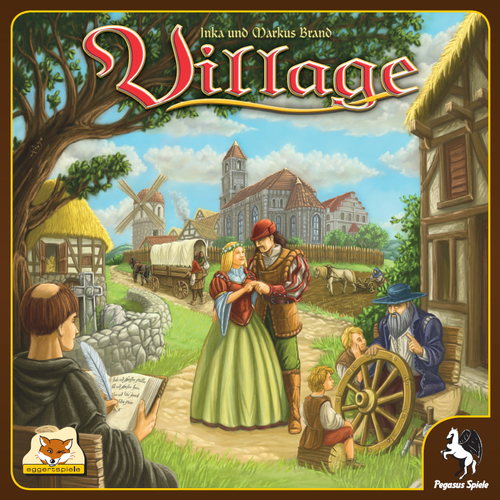
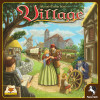
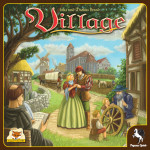

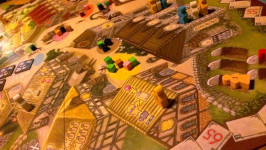
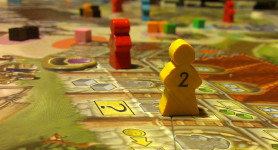



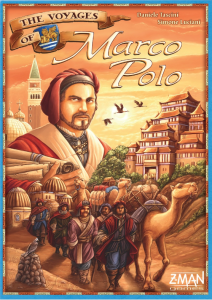
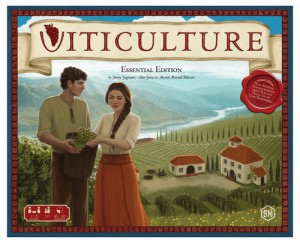
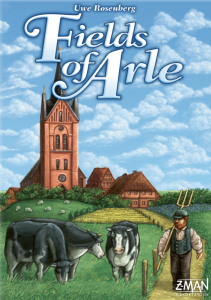
Sam says
This is one of those games where there is a lot of choices, and a first play is all about getting your head around what they do. Basically everything has a reward of some kind, and you're balancing these with how much time you're spending - and how your family is hurtling headlong to their eventual doom. From what I recall - I did play it a couple of years back - there's a lot of chaining going on - use X, to get Y, to convert into Z, to get points. It's kind of dry and certainly not as light a game as its appearance suggests: this is one for the puzzlers.